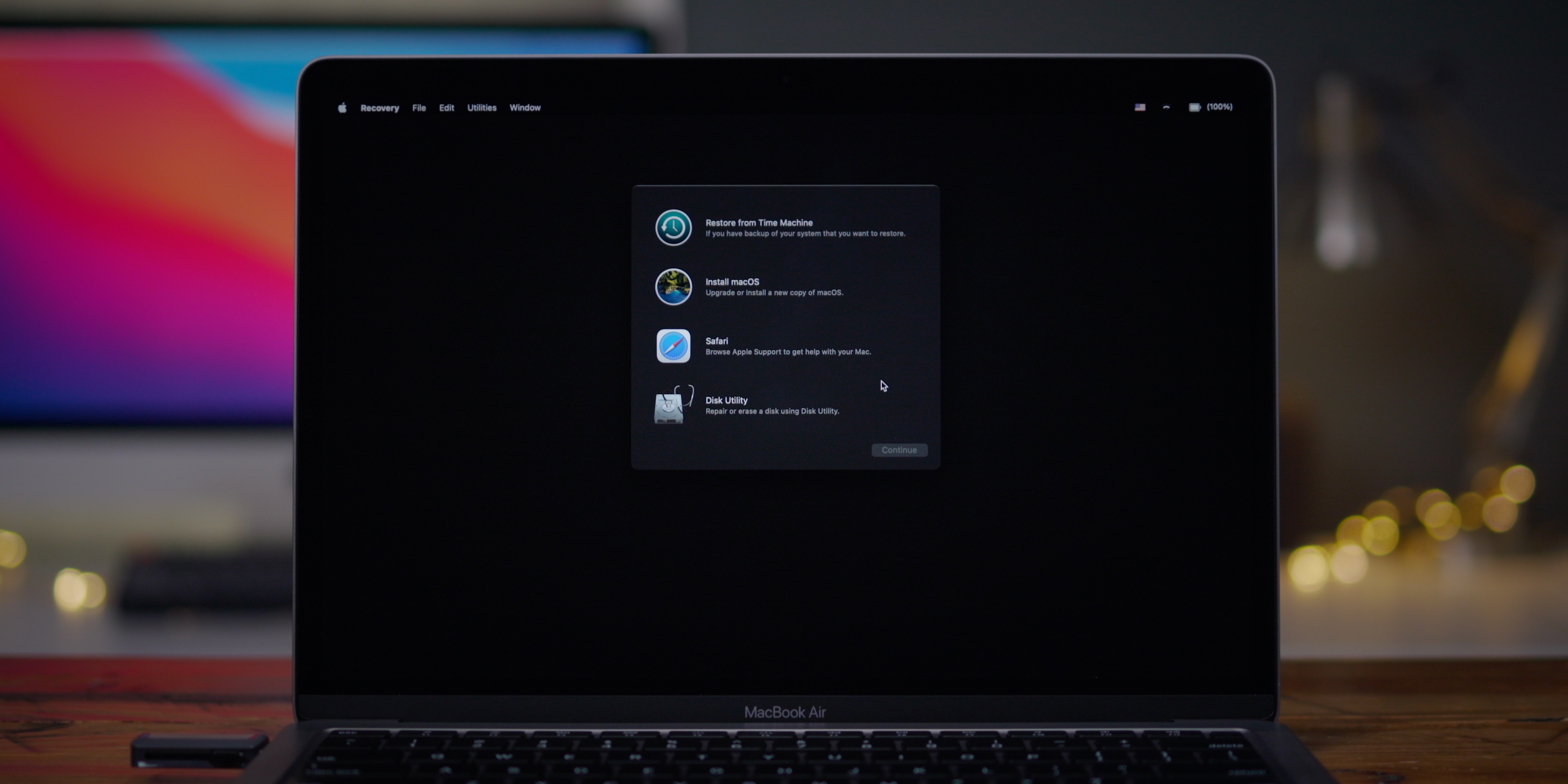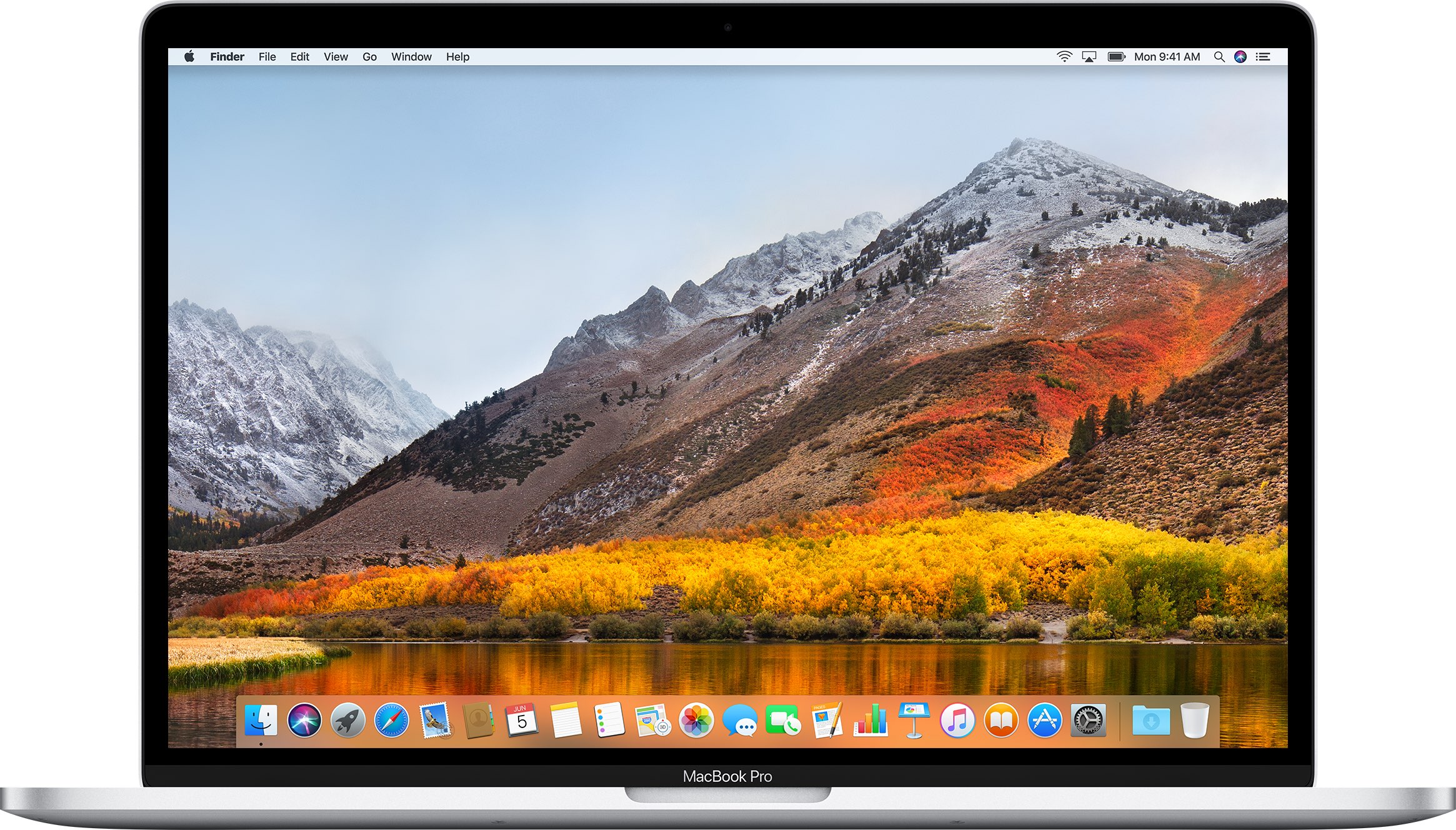Creating a macOS installer on a bootable USB drive provides a convenient way of installing a fresh copy of macOS on multiple Macs, and also allows you to perform a clean installation quickly. Download macOS Big Sur If you’re using macOS Mojave or later, choose Apple menu System Preferences, then click Software Update. If you’re using an earlier macOS, use the App Store instead.
Learn how the Mac App Store beautifully showcases your apps and makes them even easier to find, and how Developer ID and notarization make it safer for users to install apps that you distribute yourself.
- Download: macOS Big Sur, macOS Catalina, macOS Mojave, or macOS High Sierra These download to your Applications folder as an app named Install macOS version name.If the installer opens after downloading, quit it without continuing installation.
- And now, you can give users even more confidence in your apps running on macOS Mojave by submitting them to Apple to be notarized. Prepare for Distribution A Developer ID certificate lets Gatekeeper verify that you’re a trusted developer when a user opens your app, plug-in, or installer package downloaded from outside the Mac App Store.
Mac App Store
The Mac App Store makes it simple for customers to discover, purchase, and download your apps, and easily keep them updated. Organized around the specific things customers love to do on Mac, along with insightful stories, curated collections, and videos, the Mac App Store beautifully showcases your apps and makes them even easier to find.
iPhone and iPad apps on Apple silicon Macs
The Mac App Store brings iPhone and iPad apps to Apple silicon Macs — so your apps can reach even more users worldwide. By default, your apps will be published automatically on the Mac App Store. Confirm that your apps gracefully handle cases where iPhone and iPad features are not available on Mac.
iPad apps that support modern technologies like keyboard input, multitasking, size classes, and SwiftUI will automatically inherit great macOS features like resizability and full screen mode.
Web Extensions
Safari Web Extensions can add custom functionality to Safari 14 using the same WebExtensions API used in other browsers, such as Chrome, Firefox, and Edge. And with a new conversion tool in Xcode 12, you can quickly bring your existing extensions to Safari and make them available on the Mac App Store.
Outside the Mac App Store
While the Mac App Store is the safest place for users to get software for their Mac, you may choose to distribute your Mac apps in other ways. Gatekeeper on macOS helps protect users from downloading and installing malicious software by checking for a Developer ID certificate. Make sure to test your apps with the latest version of macOS and sign your apps, plug-ins, or installer packages to let Gatekeeper know they’re safe to install.
You can also give users even more confidence in your apps by submitting them to Apple to be notarized.
Mac Logo
The Mac logo is designed to easily identify software products and hardware peripherals developed to run on macOS and take advantage of its advanced features.
| Mac App Store | Outside Mac App Store | |
|---|---|---|
| App Distribution | Hosted by Apple | Managed by developer (with Developer ID) |
| Software Updates | Hosted by Apple | Managed by developer |
| Worldwide Payment Processing | Managed by Apple | Managed by developer |
| Volume Purchasing and Education Pricing | Managed by Apple | Managed by developer |
| Advanced App Capabilities (iCloud Storage and Push Notifications) | Available | Available |
| App Store Services (In-App Purchase and Game Center) | Available | Not Available |
| 64-Bit | Required | Recommended |
| App Sandboxing | Required | Recommended |
Gatekeeper on macOS helps protect users from downloading and installing malicious software by checking for a Developer ID certificate from apps distributed outside the Mac App Store. Make sure to sign any apps, plug-ins, or installer packages that you distribute to let Gatekeeper know they’re safe to install. And now, you can give users even more confidence in your apps running on macOS Mojave by submitting them to Apple to be notarized.
Prepare for Distribution
A Developer ID certificate lets Gatekeeper verify that you’re a trusted developer when a user opens your app, plug-in, or installer package downloaded from outside the Mac App Store. Software signed with a Developer ID certificate can also take advantage of advanced capabilities such as CloudKit and Apple Push Notifications.
Generate your Developer ID certificate.
Apple Mac Os Installer High Sierra
You can generate your Developer ID certificate in Xcode or in the Certificates, Identifiers & Profiles section of your developer account. Please note that you must be the Account Holder of your development team in the Apple Developer Program.
Sign and test your app.
Enable the hardened runtime capability and declare entitlements for the functions your app requires in Xcode. Archive your app and test the end-user experience of launching your Developer ID-signed app using a Gatekeeper-enabled Mac.
Xcode
To build your apps for macOS and submit them to be notarized by Apple, use Xcode 10 or later, available from the Mac App Store.
Get Your Software Notarized
Give users even more confidence in your software by submitting it to Apple to be notarized. The service automatically scans your Developer ID-signed software and performs security checks. When it’s ready to export for distribution, a ticket is attached to your software to let Gatekeeper know it’s been notarized.
For step-by-step details on uploading your Mac software to be notarized, read Notarizing Your App Before Distribution and the Xcode Help Guide.
Submitting with Xcode
Unpublished Software. It’s easy to get unpublished software notarized with the Export process or xcodebuild. Custom build workflows are supported by the xcrun altool command line tool for uploading, and you can use xcrun stapler to attach the ticket to the package.
Published Software. To submit software you’ve already published, upload it using the xcrun altool command line tool. Several file types are supported, including .zip, .pkg, and .dmg, so you can upload the same package you already distribute to users.
Apple Dmg Installer
Viewing Upload Logs
In addition to checking for malicious software, the notary service catches common code signing problems that can prevent your software from installing properly. If notarization fails for your upload, check the status log for details.

Requirements
When users on macOS Mojave 10.14 or later first open a notarized app, installer package, or disk image, they’ll see a more streamlined Gatekeeper dialog and have confidence that it is not known malware.
Mac apps, installer packages, and kernel extensions that are signed with Developer ID must also be notarized by Apple in order to run by default on macOS Catalina.

